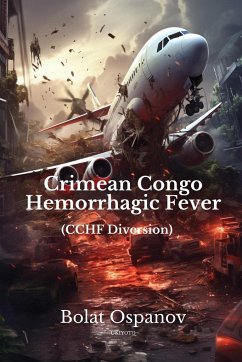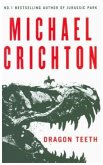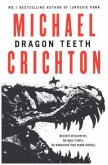The novel "Crimean Congo Hemorrhagic Fever" (CCHF diversion). The characters in the novel are young Asians who planned to have a bachelor party. The charter plane crashed and went down in an unknown area. The young survivors were discovered by militants of an unknown group. They captured them. "CCHF." is the code name for a secret plan for subversion. The primary objective of this plan is a major viral epidemic among potential enemies. The militants urgently developed this secret plan. To execute this plan, the militants forcibly captured a group of young Asians from a crashed plane. To carry out this plan, the militants already had dangerous virus strains, both with RNA and DNA genomes, in a low-temperature refrigerator in their arsenal. They were frozen. The guerrillas took into account that viruses with single-chain genomes are very vulnerable and, if infected, can be destroyed by any viral preparations. Therefore, they had in their arsenal not only viruses with a singlechain genome, but also with two chains. Because viruses with two chains, had a lot of proteins in the genome and were better adapted to any environment. They wanted the revived viruses, to have the clarity and precision of their genome, which would allow the replication process to go its work in the human cell without errors in the synthesis of viral proteins and nucleic acid for self-assembly and reproduction of new virions. All of these dangerous strains were from a particularly dangerous classification group, which had been stored for a long time and were waiting to be used in the creation of biological weapons. The militants set accelerated tasks for the young Asians to implement the conceived plan of work. The important tasks were, first, to revive dangerous virus strains in special cell cultures and, second, to infect susceptible living vectors.
Hinweis: Dieser Artikel kann nur an eine deutsche Lieferadresse ausgeliefert werden.
Hinweis: Dieser Artikel kann nur an eine deutsche Lieferadresse ausgeliefert werden.








